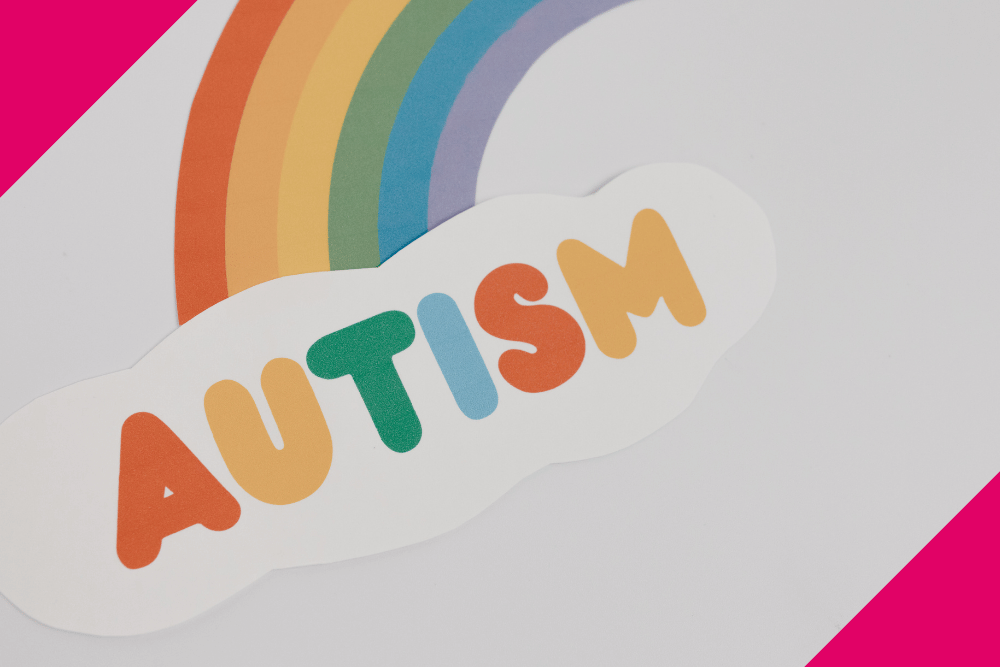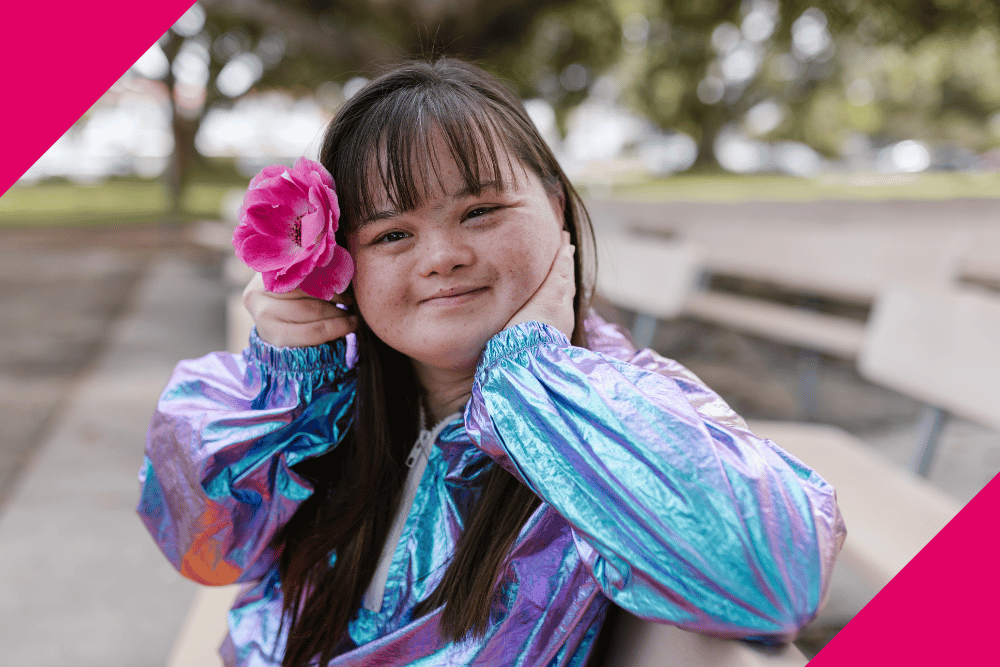- Get one month of SEO for free when you design a website with us.
Autism Spectrum Disorder (ASD) is a complex neurodevelopmental condition that affects individuals in various ways. As our understanding of autism has evolved over the years, so too has the way we classify and describe different presentations of ASD. In this blog post, we’ll explore the current understanding of autism types and how the classification has changed over time.


Historically, autism was divided into several distinct categories or “types.” However, with the publication of the Diagnostic and Statistical Manual of Mental Disorders, Fifth Edition (DSM-5) in 2013, the perspective on autism changed significantly.
The DSM-5 introduced a single diagnosis of Autism Spectrum Disorder, emphasising that autism is best understood as a spectrum of conditions rather than distinct types.
This shift recognizes that autism presents differently in each individual, with a wide range of strengths, challenges, and characteristics.
While we no longer officially categorize autism into distinct types, understanding the previous classifications and current variations can help us appreciate the diversity within the autism spectrum.

Before the DSM-5, autism was often classified into the following categories:

While we no longer use these distinct categories, the DSM-5 does recognize that individuals with ASD have different levels of support needs.
The current diagnostic criteria specify three levels of severity:
These levels are based on the amount of support an individual needs in areas of social communication and restricted, repetitive behaviors.

Even within these support levels, there is significant variation in how autism presents. Some common variations include:

It’s crucial to remember that each person with autism is unique. The autism spectrum encompasses a wide range of experiences, abilities, and challenges.
By embracing neurodiversity – the idea that neurological differences are a natural part of human variation – we can create a more inclusive and understanding society.

For many individuals with ASD, the NDIS can be a valuable resource.
Here’s what you need to know:
Most individuals with an ASD diagnosis will meet the disability requirements for the NDIS. However, the level of support provided will depend on individual needs and circumstances.
The NDIS can fund a wide range of supports for individuals with ASD, including:
For children under 7, the NDIS offers an Early Childhood Approach, which can be particularly beneficial for early intervention in autism.
The NDIS works with individuals to create a personalized plan based on their goals and support needs. This plan is reviewed regularly to ensure it continues to meet the individual’s needs.
In line with the understanding of autism as a spectrum, NDIS plans are highly individualised. They consider the unique strengths, challenges, and goals of each person with ASD.
If you or a loved one has ASD and you’re considering applying for the NDIS, here are some steps to take:
While the NDIS has been beneficial for many Australians with ASD, it’s important to note that navigating the system can sometimes be complex. Some individuals and families report challenges in areas such as:
Many autism advocacy organisations and NDIS providers offer support and resources to help individuals and families navigate the NDIS process effectively.

The concept of distinct autism categories has evolved. Modern understanding views autism as a spectrum rather than a set of separate types.
The current diagnostic framework, outlined in the DSM-5, recognizes Autism Spectrum Disorder as a single condition with varying levels of support needs.
This approach acknowledges the unique presentation of autism in each individual, rather than trying to fit people into predefined categories.

The transition from multiple autism classifications to a single spectrum diagnosis reflects advancements in our understanding of neurodevelopmental conditions.
Earlier categorizations, such as Asperger’s Syndrome and PDD-NOS, were based on observed differences in symptoms. However, ongoing research revealed significant overlap between these categories and highlighted the individualized nature of autism presentations.
This evolving knowledge prompted the medical community to adopt a more flexible, spectrum-based approach to diagnosis and treatment.

Indeed, an individual’s support needs can fluctuate throughout their life. As people with autism develop new skills, adapt to their environments, or face new challenges, their support requirements may shift.
Some individuals might need less assistance as they acquire coping strategies and life skills, while others might require additional support during major life transitions or when facing unfamiliar situations.
Regular assessments are crucial to ensure that support strategies remain aligned with an individual’s current needs.

It’s a common misconception that higher support needs indicate lesser capabilities.
In reality, the level of support an individual requires doesn’t directly reflect their abilities, intelligence, or potential.
The support levels described in diagnostic criteria primarily relate to challenges in social communication and behavioral flexibility.
Many individuals with substantial support needs excel in various areas, such as academic subjects, arts, or specific technical fields.
With appropriate accommodations and support, people across the autism spectrum can lead fulfilling lives and make valuable contributions to society.

While we no longer officially categorise autism into distinct types, understanding the spectrum of autism and its various presentations helps us appreciate the diversity of experiences within the autism community.
Whether an individual requires minimal support or more substantial assistance, each person with autism has their own strengths, challenges, and unique perspective to offer the world.
If you suspect that you or a loved one might be on the autism spectrum, it’s important to seek an evaluation from a qualified healthcare professional.
Early diagnosis and appropriate support can make a significant difference in the lives of individuals with ASD, helping them to reach their full potential and lead fulfilling lives.
